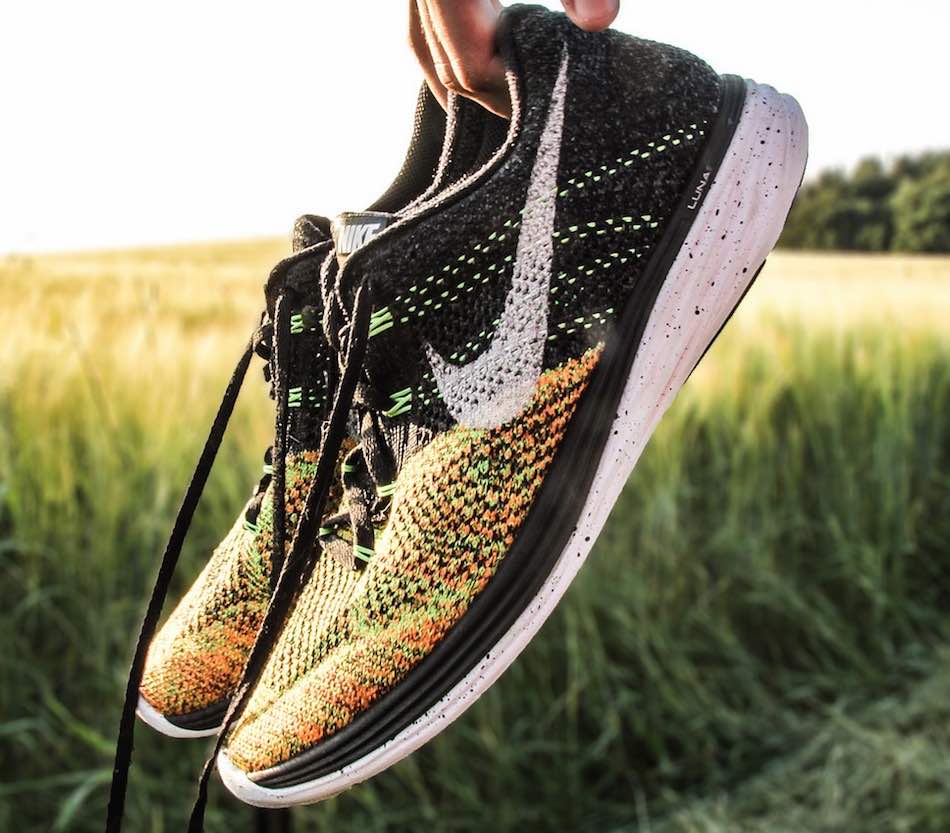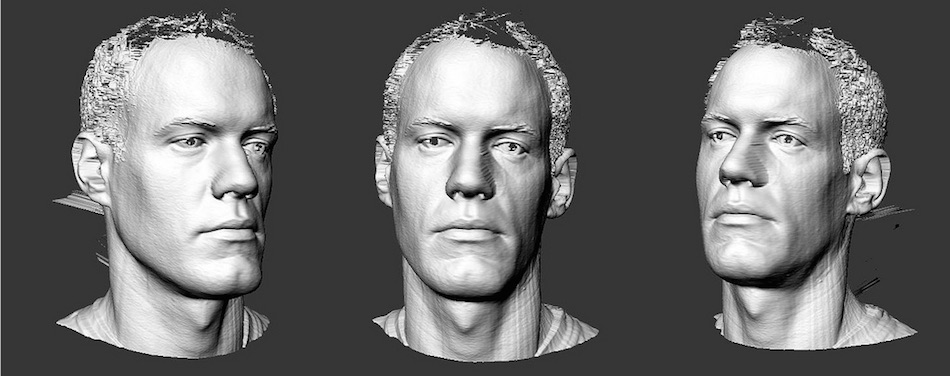Time to read: 5 min
Once upon a time there were cobblers, who would craft shoes to individual feet. Then came the industrial revolution, and the cobblers were replaced by dozens of factory workers, each performing a single step to build standard shoes—and feet were expected to adapt.
This wasn’t all bad; the new shoes were cheaper, and more people could afford them because of mass production. But what if there were a way to achieve the cost savings of mass production and also have shoes that fit exactly to your foot? Enter mass customization, the future of made-to-fit manufacturing, where a mix of parametric modeling and 3D printing technologies is starting to give us inexpensive, mass-produced custom products.
Recent History of Mass Customization
Customizing a mass-produced manufactured product isn’t anything new, of course. If you walk into a new car dealership and buy a car, you’ll soon be experiencing a world of options—heated seats? Italian leather or fabric? Fifteen-inch wheels or seventeen? But this buffet-style customization still isn’t exactly for you: thousands of cars are made, just like the one you’ve picked out.
Clothing has always been the area most likely to give us truly custom-fit products, and even some big companies have had an eye on the custom-fit area. In the 90’s, Levi’s developed a new process where you could have your measurements taken in a store and pick up a pair of custom jeans a few weeks later. Today, NIKEiD allows you to select from colors and materials, for a near-custom experience.
Marketing departments know customization appeals, but engineering teams didn’t have the technology to support these aspirations, until now.

More Customization: New-Wave Manufacturing
Even a decade ago, 3D printing wasn’t for more than basic form and fit prototypes. A printed part the size of a smartphone would take all day to print; anything larger was easily an overnight print. The parts broke easily if dropped, and the finish was like sandpaper for some printers and like a stack of cut paper for others.
The parts were so rough that once, when I suggested sending one to a customer for review, my boss reacted so strongly, I spent the rest of the afternoon polishing my resume. Consumer parts these were not.
We’ve come a long way since then. SLS prints have competitive strength with some molded plastics. SLA prints are strong, and they have a beautiful surface finish. PolyJet parts can even print soft rubbers and hard plastics in the same part, eliminating the need for overmolding.

Print speeds are getting faster, too. A 2015 TED Talk introduced Carbon3D’s CLIP printing to the world by printing a baseball-sized sphere in less than five minutes. HP’s new printing technology is ten times faster than most other printing methods, and they recently proved their quality by printing a hand-size chain link in under 30 minutes and then using it to pick up a car.
Surface finish, material options, and full-strength 3D printing are here, with speed and cost dropping with every news cycle. For those of us who’ve been in manufacturing a while, it feels like an age of miracles. But quick, unique parts are only one part of the customization puzzle—how do you make the designs fit the consumer?
Customizing Products to Consumers
Watching the introduction of the iPhone X, most people found the scene of a middle-aged engineer getting a digital Mardi Gras mask somewhat less than groundbreaking. But if you look past the strange demo to the technology itself, you can see something wonderful: A phone-sized computer is now capable of mapping out a human face in real time in three dimensions. This is the solution to the other half of our customization dilemma.
At the same time that 3D printing has been developing, 3D scanning has also been advancing rapidly. While a decade ago, 3D scanning required placing small objects in a box for full laser scans, today you can create 3D surface maps of common shapes from just a few photos. For more complex geometries, scans can be made using hand-held scanners. You can get a near-perfect 3D model of someone’s foot—or hand, or leg, or head—in just a few minutes.

Now, we have the input—3D scans or 3D mapping from photos—and the output—3D printing—so how do you customize your products to the consumer’s geometry? Parametric modeling provides the missing link.
Parametric Modelling for Truly Custom Products
While 3D printing and scanning have been developing, the 3D modeling part of this customization process has been sitting quietly, ready for mass customization. CAD programs like AutoCAD and SolidWorks have long been able to generate a series of parametric models just based on numbers in a spreadsheet, and this technology is easily adapted to customizing parts for individual customer needs.
Let’s say you’re generating a custom model for a pair of gloves. The key parameters of the model would be the length of each finger, the diameter of each finger, and the width and length of the palm. You can set up a CAD model in which each of these parameters drives dimensions in the model and model a custom 3D glove just by entering in those numbers.
Once you’ve created the base model for the product, all future models can be auto-generated.


The whole process becomes fully automated: The customer scans a hand or head or foot on one side; the computer takes a few key dimensional measurements from the scan and adjusts the parametric model accordingly; and the custom 3D product is printed and shipped. All of our technological development has led us back to where we began: shoes that fit feet, instead of trying to fit feet to shoes.
Testing Mass Customization Technology
As much as all this feels like the future, there are still a few needed developments. 3D printing in high-quality materials is still more expensive right now than injection molding and takes much longer. Scanning and surface mapping technologies can easily have mismeasures, and parametric modeling still occasionally creates some impossible geometry (often beautiful four-dimensional surfaces that pass through themselves, which make sense to the computer, but not the printer). But it’s close…so close.
We’re on the cusp of the next manufacturing revolution. Soon, many of the things you buy won’t be off the shelf—they’ll be fresh off the printer and made precisely for your needs.
Want to try out tomorrow’s manufacturing technology today? Check out our 3D printing services to get your custom designs made from an amazing variety of materials. Want to keep an eye on the latest news in hardware development? Sign up here to watch the future of mass customized manufacturing unfold!

